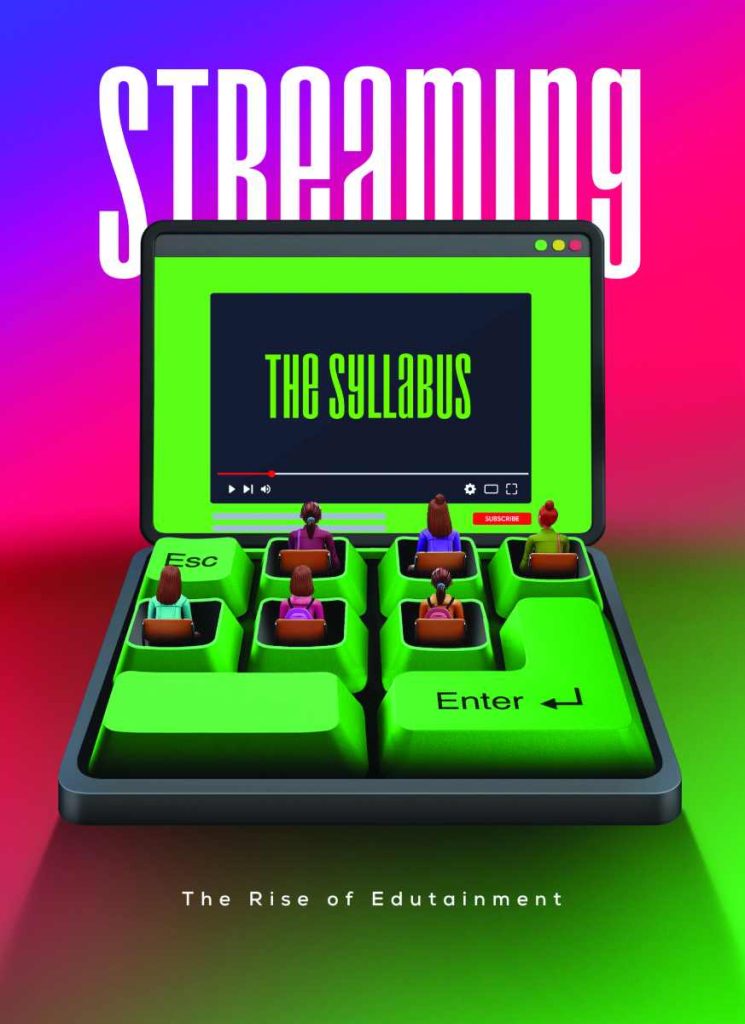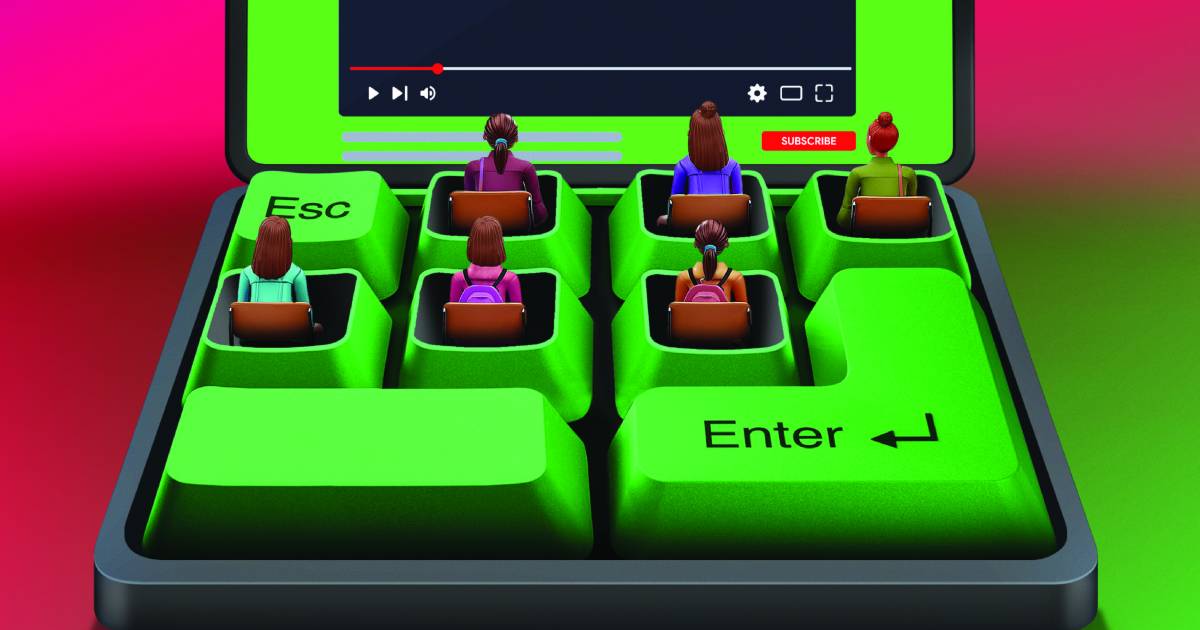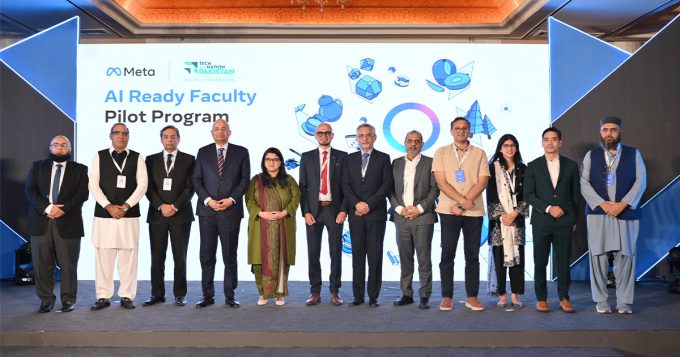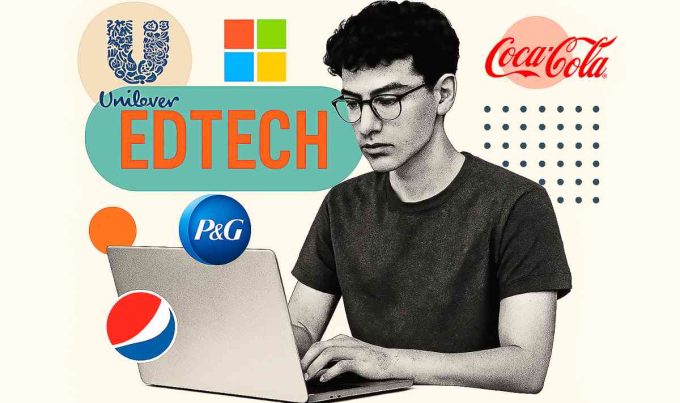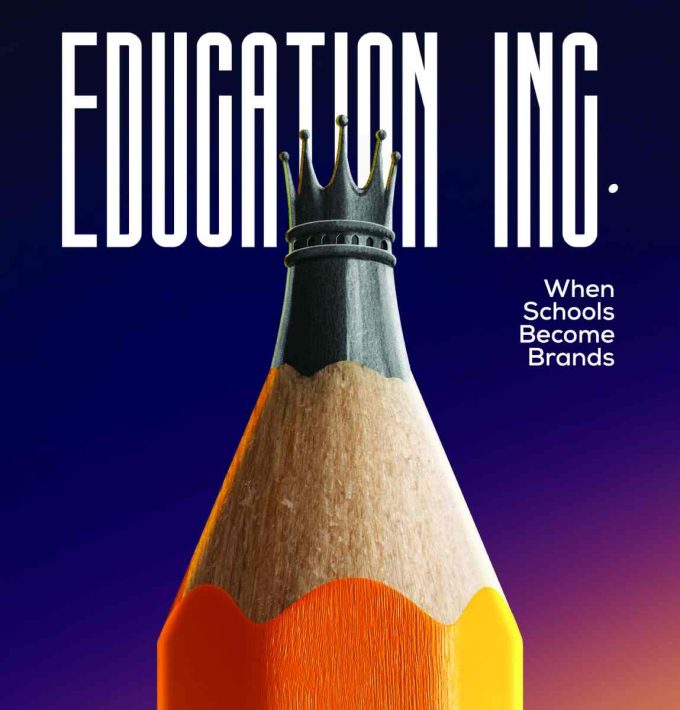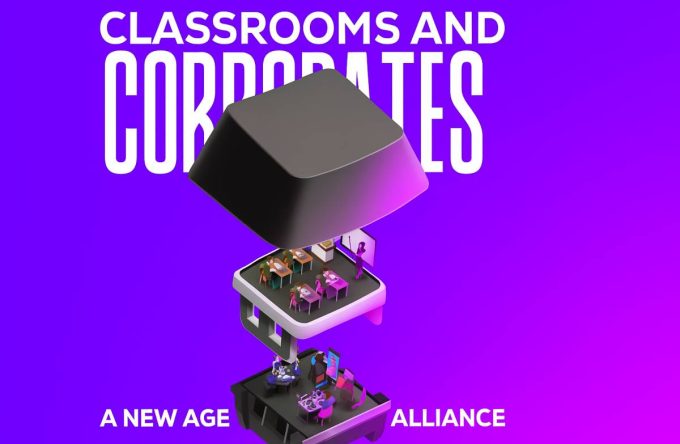Lessons are no longer confined to textbooks; they have become binge-worthy. Will this digital shift of Edutainment bridge divides or widen them?
For millions of learners today, the classroom no longer ends with the ringing of a school bell. It continues on screens, woven into their everyday scrolling, gaming, and viewing habits. Educational content has transformed into something binge-worthy, thanks to the rise of edutainment, a seamless blend of education and entertainment. From YouTube explainers that rack up millions of views to gamified learning apps that turn language skills into addictive streaks, learning is being reshaped for the new generation.
With platforms, creators, and brands investing heavily in educational formats that are fun, shareable, and impactful. Edutainment is emerging as a serious contender in democratising knowledge at scale.
The Rise of Edutainment
While the idea of blending education and entertainment is not new, think of the global legacy of Sesame Street, the phenomenon has reached unprecedented heights in the digital era. Today, edutainment is delivered through an endless scroll of explainers, interactive games, and short-form video lessons, making knowledge not only accessible but irresistibly engaging.
Globally, YouTube reports over a billion hours of educational content watched every year, with learners ranging from primary students to adult professionals seeking upskilling opportunities. In Pakistan, platforms like Sabaq Foundation and YouTube channels such as Free Science Lectures have become household names, reaching learners in cities and rural towns alike. Their popularity reflects a deep hunger for on-demand, flexible and enjoyable learning experiences.
The psychological impact is noteworthy. Students engaging with edutainment often report feeling less anxious about learning. With lessons framed as stories or challenges, the pressure of grades gives way to a sense of exploration. Teachers, too, are increasingly adapting their styles, blending traditional instructions with digital tools that lighten their workload and improve classroom energy. However, not all responses are positive. Some educators express concern about shortened attention spans and reduced patience for in-depth study.
Gamified apps like Duolingo have set a gold standard for addictive learning by turning practice into a dopamine-driven loop of streaks, levels, and instant feedback. Pakistani students are engaging with similar models, including quiz-based STEM apps and coding games that transform dull drills into dynamic competitions. The impact on confidence and retention amongst these users is promising, especially amongst teens who struggle in conventional classroom environments.
Platforms Leading the Change
From the world’s largest video platforms to homegrown initiatives, a vast ecosystem is driving this educational revolution. YouTube has become an indispensable learning hub, where Pakistani creators deliver everything from Urdu grammar tutorials to advanced mathematics. Social media platform, once dismissed as an entertainment app, now host bite-sized lessons on science, history, finance, and mental health.
International platforms such as Khan Academy, Coursera, and EdX continue to democratise education, offering high-quality courses that are either free or affordable. Pakistani startups like Edkasa are following suit, providing curriculum-aligned video lectures, quizzes, and performance dashboards for students preparing for board exams. These tools offer a lifeline for those who cannot afford coaching centres or expensive tutors.
Traditional media is not out of the game. Just yet. During pandemic-related school closures, television and radio broadcasts became essential for students without internet access. The hybrid model of broadcasting combined with community-based learning centres remains an important piece of the puzzle in low-connectivity areas.
Global brands are also getting involved. Google’s Read Along app, LEGO’s STEM labs, and Microsoft’s coding bootcamps are examples of education initiatives reported as part of their environmental, social and governance portfolios. These interventions reflect a growing awareness that digital learning is both a social need and a branding opportunity.
Content Creators and Brands
A new class of influencers, known as edu-influencers, is transforming how knowledge is shared. From chemistry teachers performing live experiments to Urdu storytellers breaking down philosophy, these creators turn learning into relatable, human-centric content. For digital natives, this format often feels more authentic than textbook lectures.
The social effect of these creators is significant. For many students, especially those in underserved regions,
edu-influencers serve as mentors, role models, and emotional support systems. They help normalise curiosity, career exploration, and even mental health conversations, which are otherwise stigmatised in formal settings.
Brands are recognising the value of edutainment not only as a marketing tool but as a community engagement strategy. From STEM Olympiads sponsored by banks to mental health modules by telecom companies, brand-led learning initiatives have become increasingly common in Pakistan. While this support is valuable, there is a need for ethical boundaries to prevent the over-commercialisation of educational content.
Challenges and Opportunities
As edutainment expands, it presents both promise and limitations. On one side, it makes learning more accessible and inclusive. On the other hand, it risks creating a new digital divide. In Pakistan, over 40% of school-aged children do not have access to stable internet. In many rural areas, even electricity is inconsistent.
This raises a crucial question. Is it fair to invest heavily in gamified apps and STEM-based learning when basic schooling, books and teacher training remain out of reach for many? Edutainment cannot be the sole solution, but it can serve as a powerful supplement.
Research and data on outcomes remain limited, but early indicators are positive. In urban pilot programmes, students using hybrid digital platforms have shown up to 15% improvement in science and math scores. These tools are also helping students learn at their own pace, an especially important benefit for those with learning differences or gaps due to missed school.
However, the rise of edutainment has not led to a decline in school enrolment. If anything, schools are rebranding themselves to integrate technology, hoping to appeal to a new generation of parents who see digital exposure as essential. Tuition centres are also adapting by offering app-based test prep and recorded lectures.
Edutainment is not a substitute for schools or structured teaching. It cannot replace the mentorship, discipline, and social development that comes from in-person learning. But it can level the playing field, especially when paired with teacher training, offline access models, and inclusive policy support.
The Future of Learning
The future of learning will blend classrooms, content, and clicks in ways that challenge our old assumptions. Edutainment is not just a trend, but a transformation. It can help us close gaps in access, reimagine how knowledge is delivered and empower students to take ownership of their learning.
For Pakistan, the challenge lies in making sure this opportunity is inclusive. If access remains limited to urban, privileged learners, then edutainment may deepen rather than close the inequality gap. But if approached with thought, equity, and collaboration, it has the potential to become one of the most effective learning tools of our time.
If education is power, then edutainment is the high-speed broadband connection bringing that power to every screen, every learner, and every dream.
